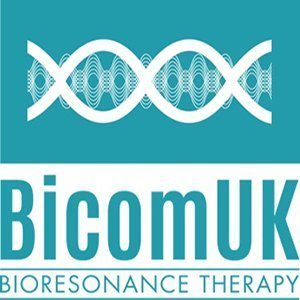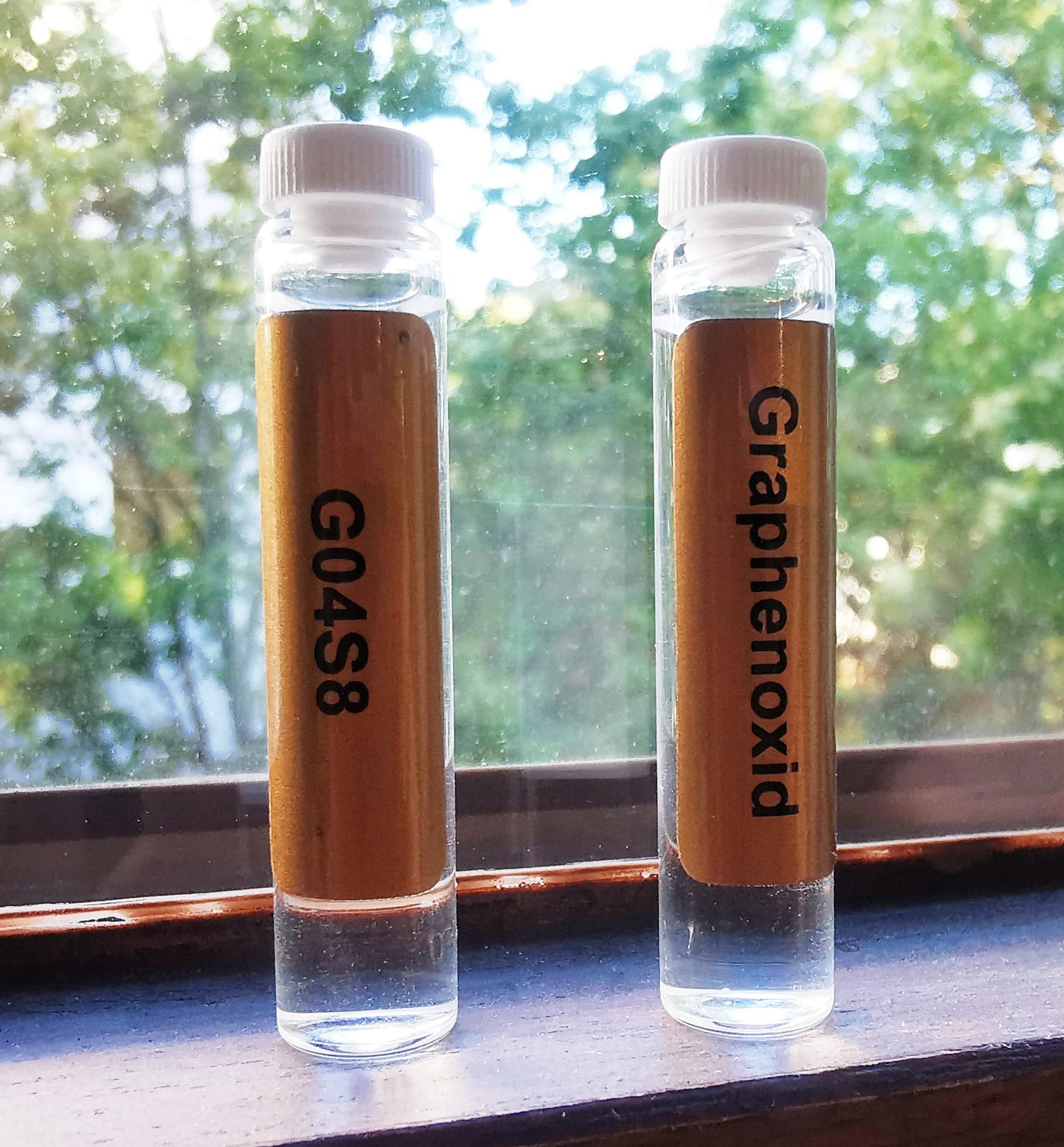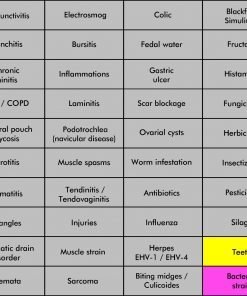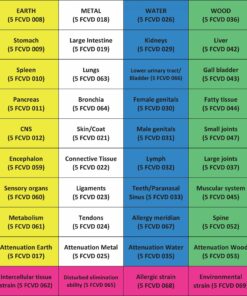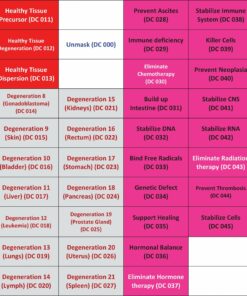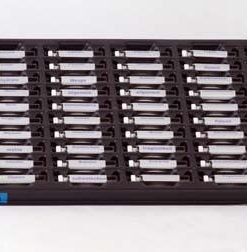G04S8 – Graphene oxide
£50.40
Special ampule: Graphene oxide
Graphene oxide is a carbon-based 2D nanomaterial. It is usually created through a reaction between graphite and a strong oxidizing agent followed by an aqueous workup. The term graphene oxide is the basic term for all monolayer graphene derivatives with oxygen-containing functional groups.
The structure consists of an extended hexagonal carbon framework, which contains a variable amount of point and extended hole defects.
Combining graphene and graphite with oxygen, converts it into so-called graphene oxides (GO), which can contain different amounts of bound oxygen. Additional chemical properties of the material can be generated via functionalization with other molecules or atoms, whereby functionalized graphene is predominantly based on graphene oxide.
Areas of application are:
- Graphene/Polymer composite materials,
- Batteries, solar cells, supercapacitors,
- Carrier for metallic catalysts,
- Low permeability materials,
- Biosensors, multifunctional materials,
- Respirators, and in biomedicine.
The Canadian health authority Health Canada only recently warned about the health risks of respiratory masks containing graphene particles. Such masks are also said to be on sale in Germany, although an official assessment of the dangers is not yet available at a national or European level. Health Canada’s preliminary assessment of the research results has shown that inhaled graphene particles have the potential to cause early lung toxicity in animals.
Prof. Hong Byung-Hee, an expert in nanomaterials at Seoul National University, recently confirmed that graphene oxide has been tested for its biomedical applicability in vaccines. Graphene oxides are said to help induce a stronger immune response in vaccines such as the flu vaccine. Based on current data, we cannot say for sure if graphene oxides have already been used in the current and much-discussed coronavirus vaccine Cormirnaty (BNT162b2, Biontech / Pfizer).
Behaviour in the body
Various graphene-related materials, in particular graphene oxide, are seen as candidates for potential application in the biomedical field, e.g. for carrying active ingredients, with the help of the bloodstream, to target organs and cells.
The majority of in vivo studies to date have examined the intravenous administration of graphene-related materials and their distribution in the body. Accumulation in the lungs, liver, and spleen has been found for the graphene-related materials studied. Nevertheless, further studies in this area are urgently needed.
Recommendations for use in combination with the BICOM device
Testing
Input cup:
Therapy / elimination
Input cup: Input: Output:
Program 191 Ai
contains the ampule Graphene Oxide
Program 197 Ai
contains the ampule Graphene Oxide no input applicator
only modulation mat
Alternative for therapists with the BICOM optima B32 / B34 or extension module 1
Program sequence
Input cup: Input: Output:
Please note!
Pathogens Ai 10325
contains the ampule Graphene Oxide no input applicator
only modulation mat
A prerequisite for comprehensive elimination is a proper functioning of the elimination organs.
The elimination capacities (especially of the kidneys and lymph) and detoxification capacities of the liver must be supported first.
Suitable for this purpose is Program sequence 10046 Detoxification, in general.
